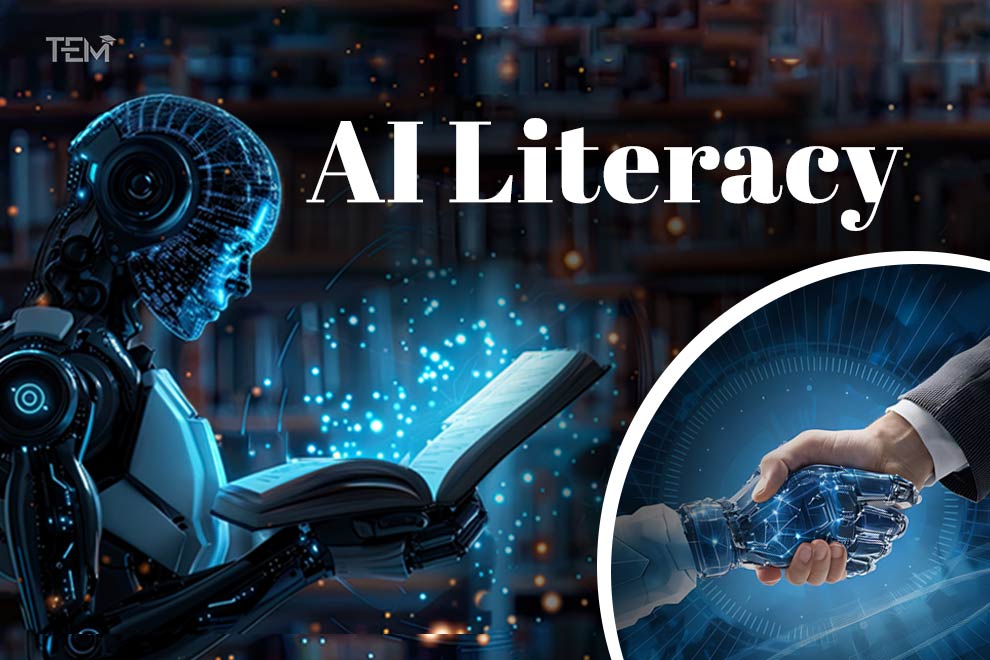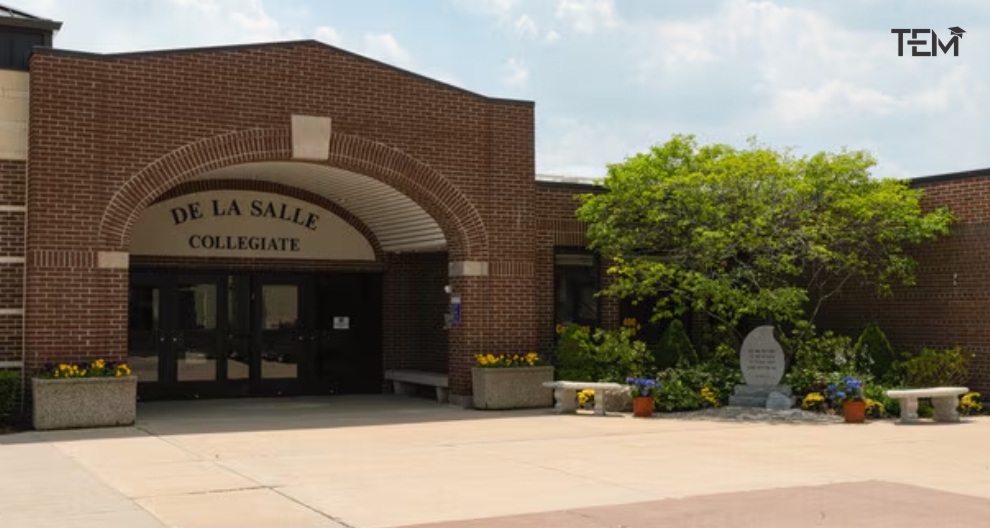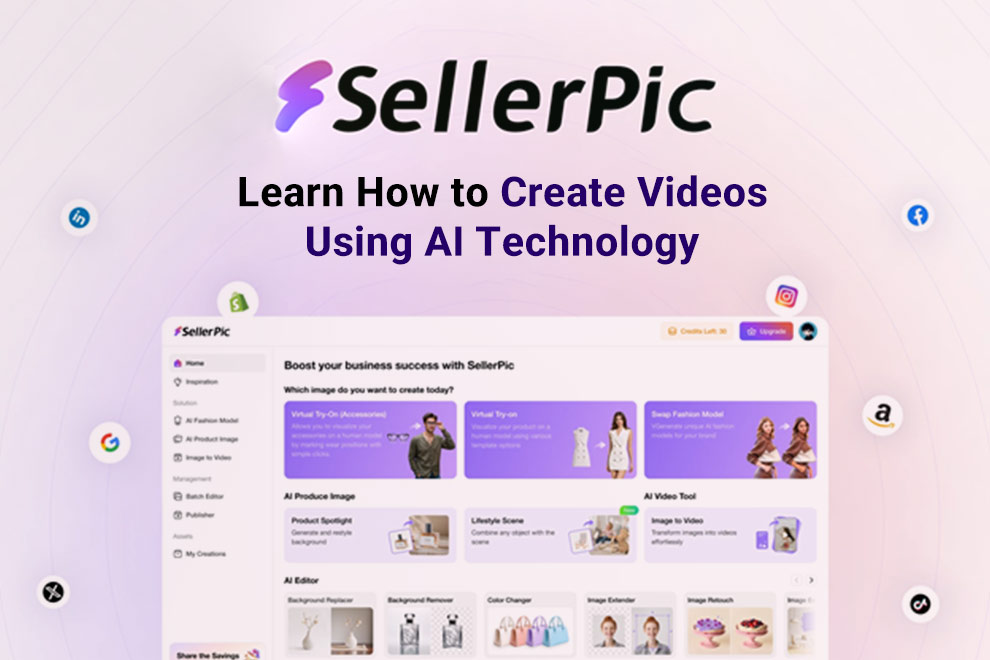Biotech is growing fast. New tools and discoveries are changing how we solve real-world problems. To keep up, schools need to train students using the latest tech. One of the biggest game changers in classrooms today? Imaging tools. These devices let students explore biology in ways that feel hands-on and real.
In biotech, it’s not just about learning facts. It’s about learning how to observe, analyze, and problem-solve. And that’s where imaging technology steps in.
The Power of Seeing What’s Hidden
Students used to just read about cells and proteins. Now, they can see them. Tools like fluorescence microscopes bring biotech to life. These devices show cells in glowing color. Students can track what’s happening inside a living organism. It’s no longer just theory. It’s an experience.
When students work with imaging tools, they start thinking like scientists. They learn how to prepare samples. They learn to adjust the microscope settings. Most importantly, they learn how to interpret what they’re seeing. That’s a skill biotech employers really want.
Why Imaging Skills Matter in Biotech
Biotech companies don’t only look for lab skills. They want problem solvers who can work with data. Imaging tools produce tons of visual data. Someone needs to know how to make sense of it. That’s where trained students step in.
Many biotech jobs involve analyzing cell behavior. Some roles need people who can track how cells react to treatments. Others need people to spot tiny changes in cell structure. With imaging tools in the classroom, students get practice doing exactly that.
Knowing how to use imaging software is also a huge plus. Students who know how to work with those programs are ahead of the game. They bring value on day one of a new job.
Getting Comfortable With Lab Equipment Early
Biotech labs can feel intimidating at first. They’re packed with machines, buttons, and blinking lights. Giving students access to imaging tools while they’re still learning helps them build confidence. They stop feeling scared of the equipment. They start feeling in control.
Schools that give students regular lab time with imaging tools are setting them up for success. They’re creating future lab managers, research assistants, and even lead scientists.
Getting early hands-on time helps students understand what kind of biotech work they like. Some may love research. Others might prefer diagnostics or product testing. Imaging gives them a real feel for the work.
Crossing Over Into Other Subjects
One cool thing about imaging tech is how it connects to other subjects. Students might start in biology but end up exploring chemistry, physics, or computer science. All those fields use imaging in some way.
For example, learning how light interacts with samples is a mix of biology and physics. Using image analysis software involves coding. Even drawing conclusions from images brings in math and logic. This kind of learning helps students build a wide skill set.
Imaging tools turn science into a web of knowledge. That’s great for students who want flexible careers in biotech or other industries.
Getting Students Career-Ready
A student who can use imaging tools has something to show on their resume. It’s not just words. It’s experience. They can walk into an interview and talk about the imaging projects they’ve done. They can show that they know how to use real-world biotech equipment.
Some schools even let students join research projects. These often involve imaging work. That’s a huge plus when applying for biotech jobs. It shows initiative and real lab experience.
Programs that include imaging tools also help students learn how to document their work. Taking notes, labeling images, and sharing findings are all part of working in biotech. These habits are easier to learn when students use imaging regularly.
Working in Teams Like a Real Lab
In biotech jobs, you rarely work alone. Most research and testing is done in teams. Imaging projects are perfect for teaching teamwork. Students need to coordinate. One might prep the slides. Another might operate the microscope. Another might analyze the images.
This kind of group work builds soft skills. It helps with communication, time management, and attention to detail. These are things biotech employers always look for. Schools that use imaging tools are helping students learn both the tech and the teamwork.
A Window Into the Future of Biotech
Imaging is just going to get better. Newer microscopes can go deeper and show more. AI tools are starting to analyze images faster than humans. Students who learn with today’s imaging tools are getting a glimpse of where biotech is headed.
They’re not just learning to use a microscope. They’re learning to explore life at the cellular level. That kind of experience stays with them. It inspires curiosity and builds real career potential.
Biotech careers aren’t just for PhDs anymore. With the right training, students can land jobs with a two- or four-year degree. And imaging technology helps bridge that gap.
The Takeaway
Giving students access to imaging tools like fluorescence microscopes isn’t just a cool classroom perk. It’s a critical part of biotech education. These tools turn lessons into discoveries. They let students move from textbooks into real labs. And they prepare them for careers that are shaping the future of health, agriculture, and technology.
When students see biology light up under the lens, they start to see themselves in the biotech world. That’s when learning really clicks.
Also Read: Careers in Education to Consider: Where Teaching Can Take You













